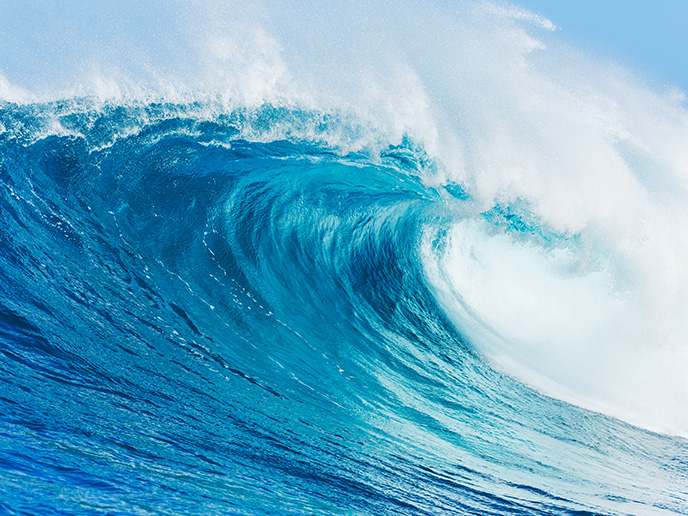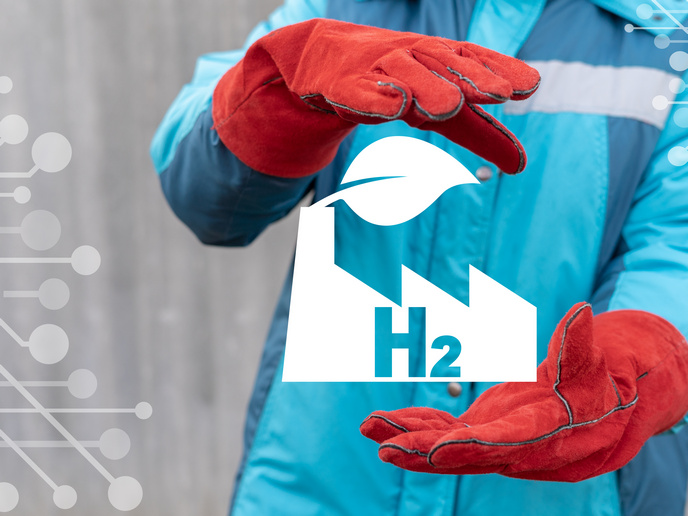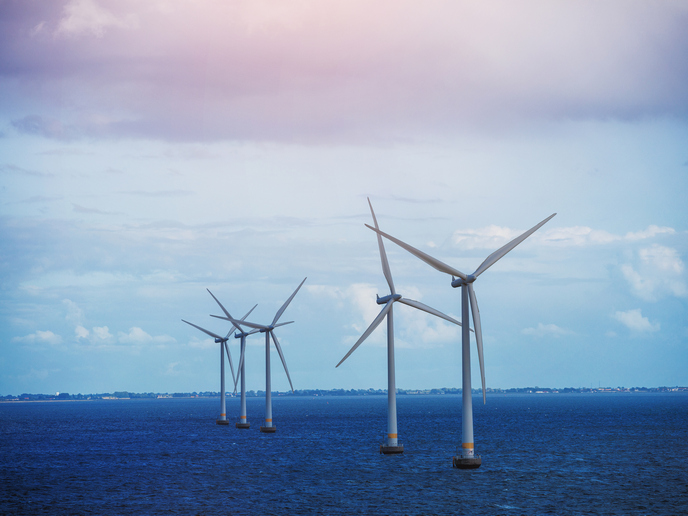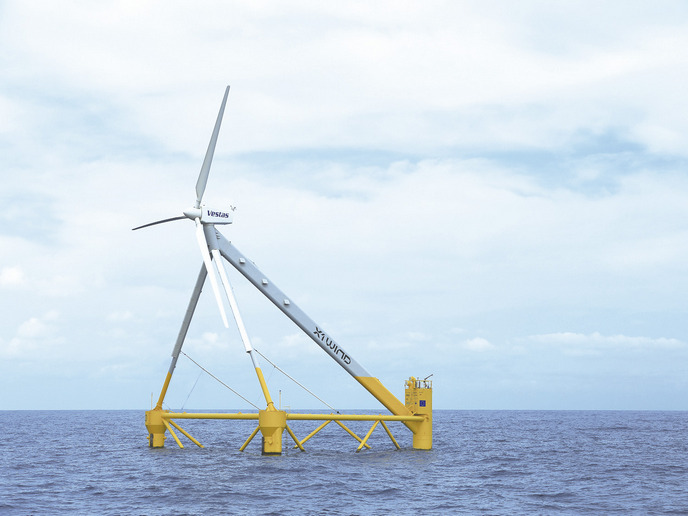Floating platform set to transform offshore wind energy
Harnessing the potential of offshore wind energy is vital if Europe is to achieve its goal of climate neutrality by 2050 – and deeper waters hold the most abundant wind resources. However, while floating wind solutions are needed for sites deeper than 60 metres, platforms for this purpose are currently not cost-competitive. Another challenge is that such technology has not yet been fully optimised for the floating environment.
Innovative new floating platform
The PivotBuoy project set out to address these challenges by validating the performance of an innovative new floating platform, developed specifically for such deep water sites. “A key feature of this floating wind platform is its ability to passively weathervane and self-orientate,” explains PivotBuoy project coordinator Alex Raventos from X1 Wind in Spain. “This is achieved by combining a single point mooring system with a small tension leg platform (TLP).” These features enabled a complete redesign of the structure, removing the need for a traditional tower and creating a ‘tripod-shaped’ platform. “The TLP mooring system not only is better suited for deeper waters, but also decreases the seabed footprint and environmental impact,” adds Raventos. The project involved the fabrication and testing of this platform off the coast of the Canary Islands, Spain. A 1:3 part-scale prototype was built, to allow for key components to be tested while reducing risks and remaining cost-effective. The project team monitored the platform’s stability, wind alignment and structural behaviour using integrated sensors. “After the prototype was fully assembled and installed, the underwater dynamic cable was connected, allowing the platform to export electricity to a smart grid and transmit data through its fibre optic connection,” says Raventos. “This marked a significant milestone, as this was the world’s first fully functional floating wind platform installed with a TLP mooring system to export electricity.”
Harnessing wind power in deeper waters
The project validated the new structural and mooring configuration, and demonstrated the feasibility of the innovative and cost-effective floating wind system. Data collected during the prototype’s operation included stability under normal and extreme weather events, dynamic behaviour of the structure and power production, with excellent results throughout. “We were able to gather valuable insights that will accelerate the adoption of this technology,” remarks Raventos. “This will unlock the potential of offshore wind in deep water areas, reduce capital and operational costs, and help preserve sensitive seabed areas and habitats.” In addition to energy benefits, floating platforms could also reduce the visual impact of offshore wind farms. Fixed-bottom turbines are often visible from the coastline, whereas floating turbines, located further out, could be almost invisible from shore.
Demonstrating the platform at full scale
“The journey to make floating wind economically viable still faces several challenges,” notes Raventos. “Infrastructure and equipment for manufacturing, assembling and deploying such structures still need to be built up.” This will entail the construction of factories for key components, cranes for assembly, and vessels for transportation and installation. Regulatory and permit processes also need to be streamlined and accelerated. To move all this forward, X1 Wind is currently involved in the EU-funded NEXTFLOAT project. The objective here is to demonstrate the floating platform design at full scale, and to scale up industrialisation. “The project’s industrialisation roadmap will help to optimise the design for industrial mass production and deployment,” says Raventos. “This, in turn, will enable us to contribute towards European and worldwide decarbonisation targets.”
Keywords
PivotBuoy, offshore, wind, energy, renewable, climate, NEXTFLOAT, decarbonisation







